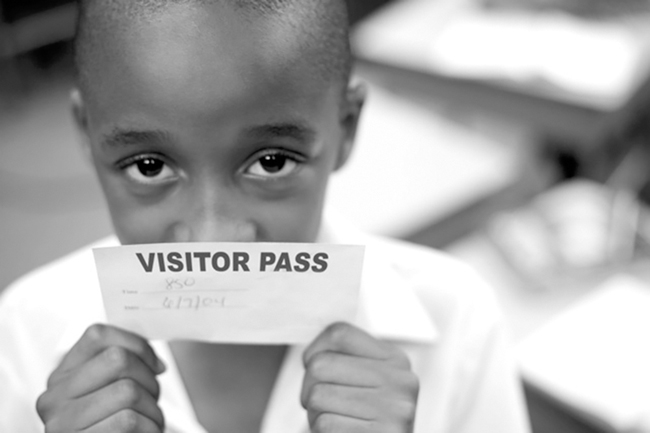
– Looking at the Statue of Liberty
I have been home from my trip for one week now and I am still finding it difficult to write any kind of final reflection on this blog. For some reason I just can’t ‘wrap it up’. I have exhausted all my excuses now – I’ve done all my washing (almost), caught up with family and seen some friends, the baby is sleeping well in his own room – it’s all done. Yet still I can’t settle myself to sit down and write one last comment, a final few words from the author before going back to normal life. Why is this I wonder?
Because I am terrified of forgetting.
Every year before beginning to teach my module in the Arts in Criminal Justice Settings I give my students a quote – an idea really – worded by Tim Etchells in his book ‘Certain Fragments’.
What was it that you wanted to see? Did you dream of a looking that had no consequence, no ethical bind, no power inherent in it, no cost? You won’t find that here.
1999, p.65
And now I find that this is exactly I how am left feeling after my time at York CI. I am implicated in all I have seen and all that I want to explore my own community. Not so much energised but charged…
And so I have come to realise that this must be a conversation without a final thought. This is a chapter I will not close but rather continue.
I am terrified of forgetting.
In some ways this blog has followed the story of my time in the US through significant milestones and events. It has been a useful way to structure my thinking and yet it has also meant that there have been some moments, people, conversations I have not been able to recognise here. I just couldn’t find the right place to fit them in. And so now, in no particular order, and in the spirit of not-forgetting, I would like to remember the following;
– The woman who I sat next to in the waiting area of the mental health department who asked me why I thought she couldn’t keep herself out of prison. Her brother, she told me, is a really nice guy and they didn’t come from a broken home. Why was it (did I think) that she couldn’t seem to make the right choices?
– The woman who I talked to through the small crack in the door of a cell in the segregation unit where she was kept for 23/24 hours a day. And when asked if there was anything she wanted to tell the visitor working in Scottish prisons said ‘Just remember we act on the outside a different way to how we are feeling on the inside. We are actually really scared’.
– The woman who had served 21 years and didn’t really know what the internet was.
– The woman who told me that she couldn’t bear to have too many visits from her family as she couldn’t cope with the prison procedure of strip searches – having the women open their vaginas and making them ‘cough’ after every visit. It reminded her too much of her abuse.
– The silence followed by thundering applause when I explained to a group of female prisoners the concept of ‘herstory’ (as opposed to history) and art of female artists such as Barbara Krueger and Tracey Emin.
– The day I delivered a slide show of pictures of Scotland to a group of women who will never go. Two of which will never leave the prison in their lifetime.
– The moment I realised that one of the woman I had been working with was 40 years old and had a 30 year old son. When she told me she had been raped as a child I said how sorry I was – ‘It’s ok she said – I can’t regret a child’s life can I?’.
– The woman who killed a woman whilst Driving Under the Influence and who receives regular correspondence (and messages of forgiveness) from her victim’s family.
– The 74 year old woman who told me she still had over ten years to serve.
– The woman with a diagnosis of bi-polar who had a baby in prison and 3 days later had him taken away.
– The woman with children who cried when she held them because they didn’t really know her.
– The Mother who told her daughter that when she comes home they could go to England to have tea the Queen.
– That same child who asked the correctional officer when he’d be able to release the magic key that would let her mother out?
– The white woman who asked me why I though she had spent 3 years in prison for an incident that resulted in a death whilst a black woman was serving 50 for a crime with the same outcome.
– And that woman serving 50 years – a sentence she received when she was 14 – now the same age as me – just waiting for the day she turns 64.
The same woman who asked me what I thought ‘rehabilitation’ looked like?
And told me ‘ My caged bird doesn’t sing – it cries’.
I am home and I am absolutely terrified of forgetting.











